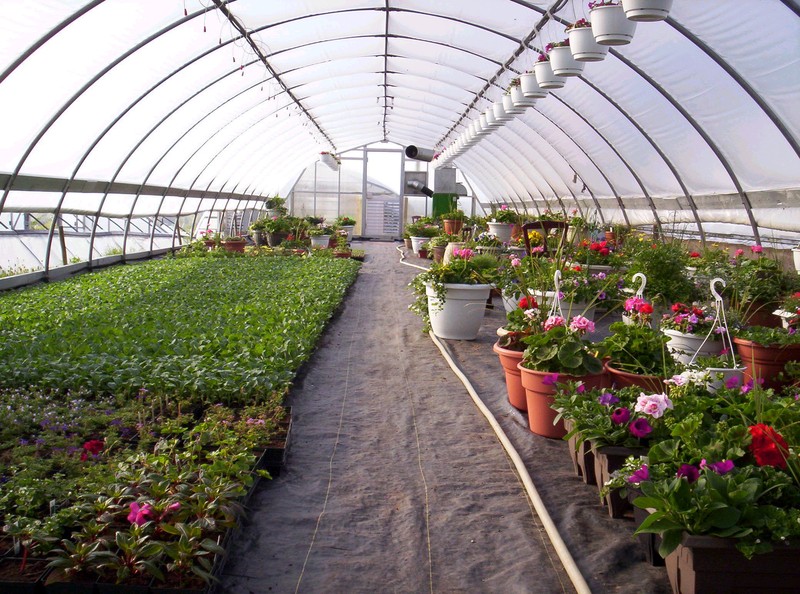Another interesting fact about perennials is they don’t necessarily need the Summer heat to grow. While your annuals might just be starting your perennials are already growing strong or ready to harvest!
15 Perennial Crops Suited for North American Gardens:
While there are actually hundreds of perennial crops that can grow around the world, we’ve compiled a list of some common and lesser known plants that tend to do well in certain zones of North America. The following ten are fairly common:
1. raspberries, blueberries, blackberries, and other berry bushes
2. asparagus
3. rhubarb
4. kale (usually grown as an annual)
5. garlic (usually grown as an annual)
6. radicchio (usually grown as an annual)
7. horseradish
8. globe artichokes
9. watercress
10. potatoes (usually grown as an annual)Following are ten lesser-known, delicious perennial vegetables and a guide to the particular zones of the U.S. where they will flourish:
1. Bunching or Egyptian Onions
Certain types of onions, like the fall-planted bunching and Egyptian onions, continue to produce new onions even after some are harvested. The Egyptian onion produces small bulbs at the top of its stalks in late summer. You can either use these tiny onions as is or replant them in the fall to grow even more Egyptian onions. Grow in zones 4-8.2. Good King Henry
A traditional European vegetable known for its tasty shoots, leaves, and flower buds, good king henry is a relative of spinach. It grows in full sun or partial shade and moist, well-drained soil. Harvest its tender shoots in spring. Grows hardy to zone 3.3. Jerusalem Artichoke
Related to sunflowers, Jerusalem artichokes or sunchokes are grown for their underground tubers. They can either be eaten raw or cooked as you would a potato. These plants are very assertive and may become invasive according to some gardeners. Grows hardy in zones 4-9.4. Wild Leeks or Ramps
A relative of onions, ramps grow wild in hardwood forests east of the Mississippi, emerging every spring. Many consider ramps a local delicacy and forage them from the wild, but you can grow your own. They grow best in a shady border in moist loam or naturalize beneath trees. Both the leaves and bulbs are edible. Grows hardy to zone 4.5. Sea Kale
Beautiful as an ornamental, sea kale grows to about 3 feet-tall and has grayish blue leaves and white flowers. More than just pretty, however, the shoots, young leaves, and flowers of sea kale are also edible. Grows hardy to zone 4.
However, believe it or not, there are a few drawbacks too. Some perennials are slowly to develop, often taking a few years to start, some are bitter, some have “too-strong” flavors.
Also, even though perennials are not high maintenance that can be a determent because they can overtake your backyard and even crawl over to your neighbor’s garden!
For more information on multi-purpose plants, soil improvement, incorporating perennial crops and a list of even more delicious perennial vegetables go to Mental Scoop.
